  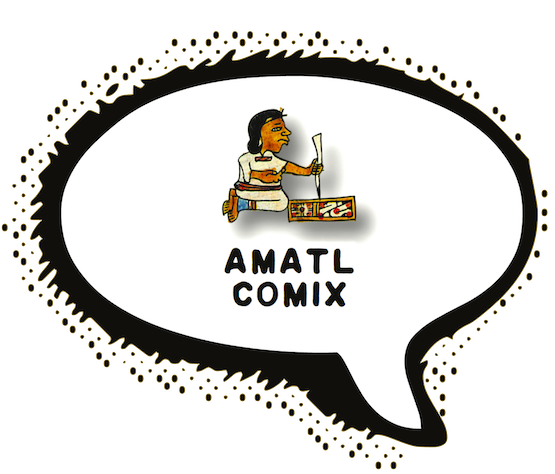 SDSU PRESS BESTSELLERS San Diego State University Press, Hyperbole Books, and Amatl Comix |
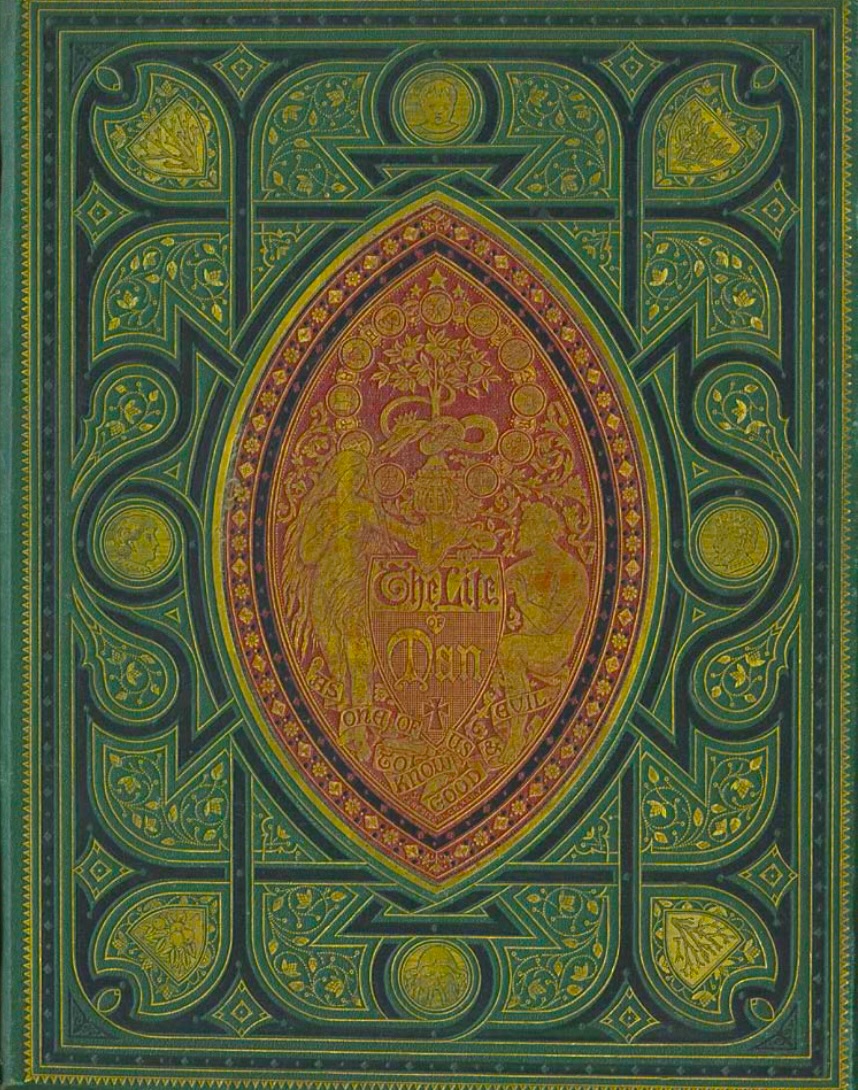 |
|
| about
new
titles order@amazon.com editorial_queries
mail
order desk copies| hype instagram surTEXT CODE[X] couch backlist facebook twitter blog gear superstore pacificREVIEW Poetry International |
||
|
click
photo to enlarge
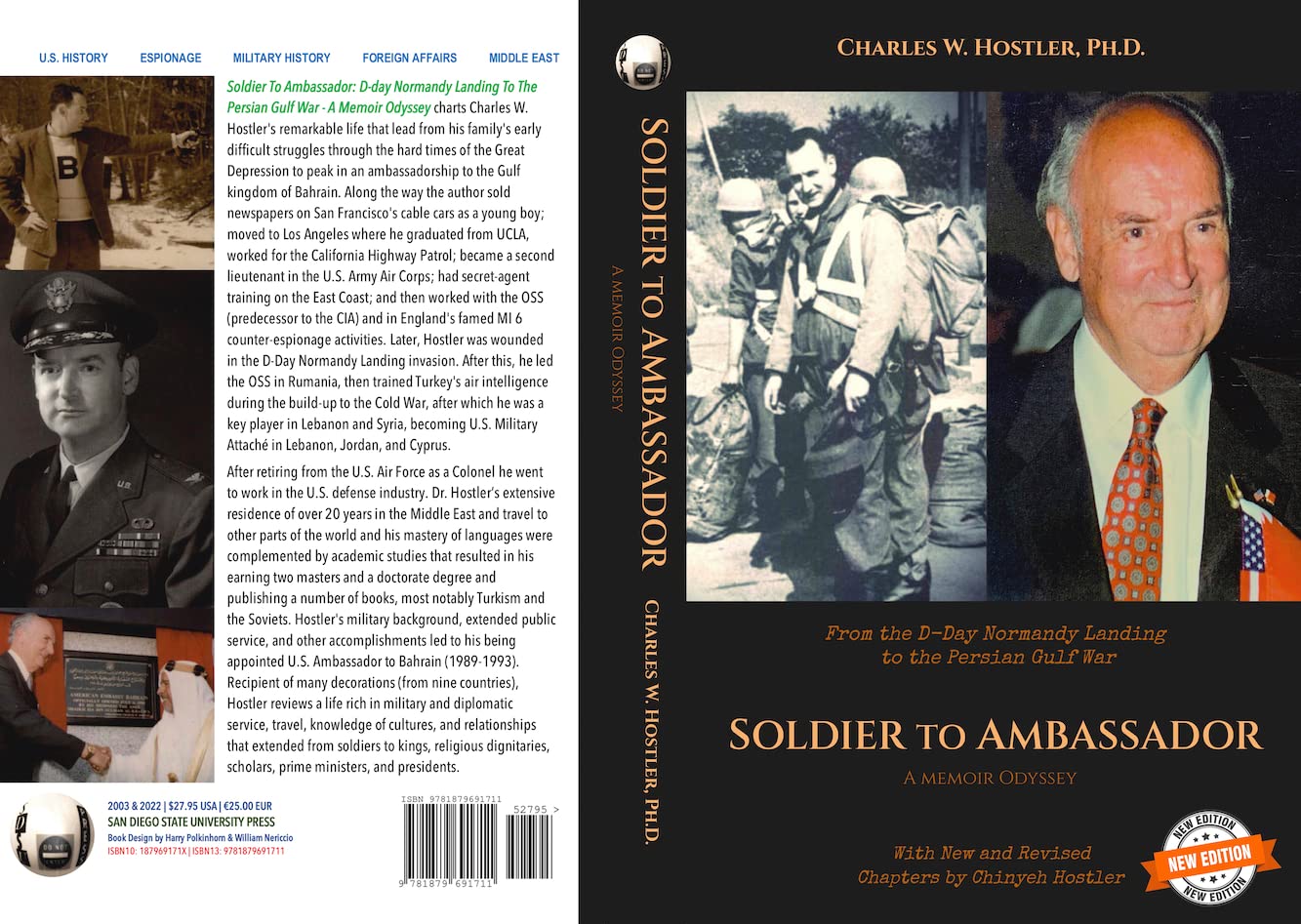 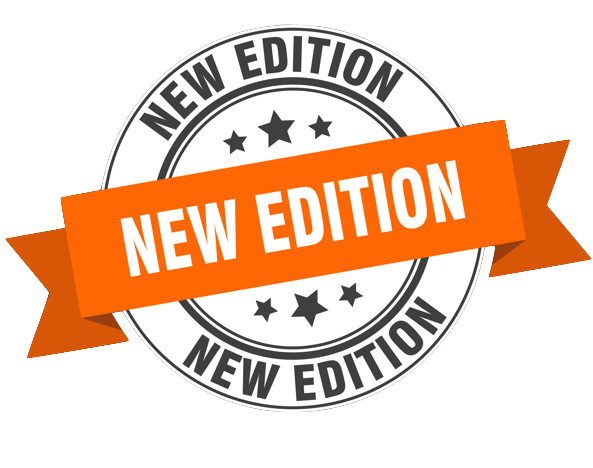 New, Revised Second
Printing New, Revised Second
PrintingSoldier to Ambassador From the D-Day Normandy Landing to the Persian Gulf War A Memoir Odyssey  by Dr. Charles W. Hostler
by Dr. Charles W. HostlerWith new and revised chapters and photos curated by Chinyeh Hostler ISBN: 1-879691-71-X 2004 Trade paperback: 420 pp. 100+ photographic plates in color and black&white $27.95 list price/trade paper revised edition
The life of Charles W. Hostler defies easy summary. In Soldier to Ambassador, Hostler recounts a century lived at the very center of history’s turning points — a vivid odyssey of service, discovery, and transformation. Born in 1919 amid the aftershocks of World War I, Hostler came of age in the Great Depression and soon found himself in the cockpit of the U.S. Army Air Corps during the Second World War. Trained in the clandestine arts by the OSS — the forerunner of the CIA — he landed on the beaches of Normandy and worked alongside British intelligence operatives during the Allied advance. Yet the war was only a beginning. Hostler’s career spanned continents and disciplines: from diplomatic posts to corporate corridors, from secret negotiations in the Middle East to honors from nine foreign governments, culminating in his appointment as U.S. Ambassador to Bahrain during the volatile years of the first Gulf War. Along the way, he earned degrees from Georgetown and the American University of Beirut, and lived as a true citizen of the world. This special revised edition, enriched with new chapters and over 100 photographs (many in full color), offers readers an unparalleled view into the hidden dramas and unsung victories that shaped the modern era. Part memoir, part history, part adventure tale, Soldier to Ambassador is a testament to the life of a man who moved through the secret currents of global power — and left an indelible mark on them.
... or
buy direct, from SDSU Press, with 99¢ shipping! |
 |
|
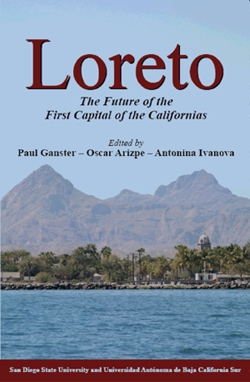 Loreto:
The
Future of the First Capital of the
Californias Loreto:
The
Future of the First Capital of the
Californias Loreto: El Futuro de la Primera Capital de las Californias Edited by Paul Ganster, Oscar Arizpe, and Antonina Ivanova Loreto: The Future of the First Capital of the Californias is a bilingual (English and Spanish) collection of 17 essays written by scholars from the United States and Mexico that discusses the historical development as well as challenges that Loreto, Baja California Sur, faces. Six major themes are: (1) natural resources and environment; (2) history, society, and culture; (3) economy and regional development (4) tourism; (5) government and quality of life; and (6) the challenges ahead. $29.50, plus tax (if applicable) and shipping 704 pages (6 x 9 1/4 inches) © 2007 ISBN 0–925613–52–5 San Diego State University Press and Institute for Regional Studies of the Californias |
 |
|
 |
 |
|
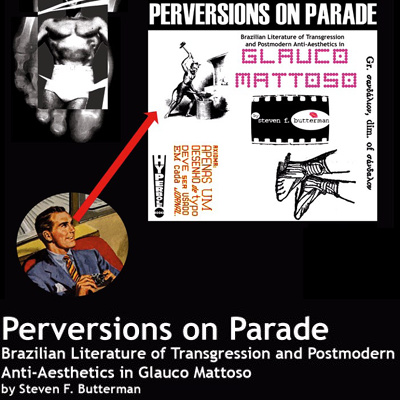 $17.95 via AMAZON.com  Perversions on Parade: Brazilian Literature of Transgression and Postmodern Anti-Aesthetics in Glauco Mattoso Steven F. Butterman $22.95 list
|
|
|
 |
||
|
 |
|
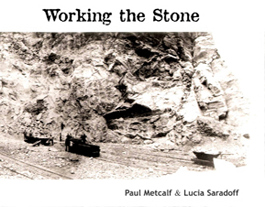 Working
the Stone: The Natural, Social, and Industrial History
of the Village of Farnams, Town of Cheshire, County of
Berkshire, Commonwealth of Massachusetts Working
the Stone: The Natural, Social, and Industrial History
of the Village of Farnams, Town of Cheshire, County of
Berkshire, Commonwealth of Massachusetts by Paul Metcalf & Lucia Saradoff Foreword by June Nash ISBN: 1-879691-67-1 ISBN:
1-879691-67-1 Working the Stone is a unique work made up of text and images that takes as its focus an abandoned New England limestone quarry. Placed in an extended chronology of the area's archaeology going back 350 million years, Metcalf's and Saradoff's work moves into an orchestrated oral history of the quarry told by people who remember how the enterprise was set up and run. Waves of immigrants from Germany, Ireland, Poland, and Italy occupied villages in the area and worked at the quarry and plant, which was eventually acquired by U.S. Gypsum. Mechanization of the work processes replaced men and their laboriously gained expertise. Farnams then became a ghost town, and only recently has the area begun to experience a revival brought about by young professionals eager to return to the land. The story of the plant, quarry, and its people over the generations grows out of a complex weave of lyrical prose, oral histories, drawings, documents, and historical and contemporary photographs all unified in a testament to the enduring human spirit.
|
||
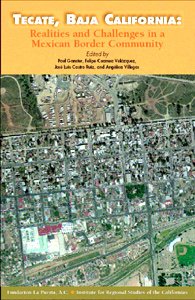 Tecate Baja California: Realities and Challenges in a Mexican Border Community Edited by Paul Ganster et al. Publisher : San Diego State
University Press Tecate, Baja California: Realities and Challenges in a Mexican Border Community is a masterfully curated cultural studies anthology that digs into the crossroads of history, growth, and the future of a rapidly evolving border city. Edited by an elite cohort of scholars from both sides of the U.S.-Mexico border—Paul Ganster, Felipe Cuamea Velásquez, José Luis Castro Ruiz, and Angélica Villegas—this bilingual collaboration between SDSU Press and IRSC @ SDSU seeks to illuminate the complex, layered realities that define Tecate today. Through 19 chapters penned by leading California and Baja California researchers, the book traverses the city’s origins, demographic shifts, economic pressures, and the intricate web of public administration, health, environmental, and infrastructure issues that shape daily life in this municipality. The volume culminates with a sobering examination of the challenges that community stakeholders and decision-makers must navigate as they confront the uncertain future of this rapidly transforming border region. A compelling narrative that underscores the intricate interdependence of cross-border communities, this work invites readers into the heart of Tecate's ongoing struggle for identity and sustainability in an era of explosive growth.
|
 |
|
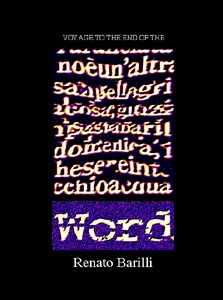 Voyage to the End Voyage to the End of the WORD by Renato Barilli Translated by Harry Polkinhorn and Teresa Fiore 1st edition San Diego State University Press, 1997 $16.95, ISBN 1879691493 Prepare yourself: Renato Barilli is not here to offer comfort. In Voyage to the End of the Word (Viaggio al termine della parola), this Italian provocateur dismantles language with surgical glee, slicing away meaning until only raw, trembling signifiers remain. This is not just theory—it’s a reckoning. Barilli’s journey tears through poetry, art, and semiotics, refusing to leave anything whole. In Italy, Alfabeta magazine hailed it as a work that "scompone il significante fino a esaurirne le possibilità"—a demolition job so complete it leaves language gasping for air. Barilli's inspirations (Lora Totino, Spatola, the mad monks of the avant-garde) show up not as polite case studies but as co-conspirators in this ecstatic unmaking of the word. This first English
edition, deftly translated by Harry Polkinhorn and
Teresa Fiore, preserves all of Barilli’s mischievous
intellect and intellectual danger. It’s a slim but
potent volume: half lit match, half manifesto.
Perfect for readers who believe books should bite
back. |
  |
|
click to enlarge A Description of Distant Roads Original Journals of the First Expedition into California, 1769-1770 by Juan Crespí Edited and Translated by Alan K. Brown. San Diego State University Press, 2001. ISBN 1-879691-64- 890 pages | deluxe hardcover | $69.95, Fifth Printing This volume
includes the complete journals of Juan Crespí in
Spanish and English.
All other printed and manuscript versions were censored, heavily edited, condensed, and excerpted by Serra, Palou, and othersalterations that dropped out critical detail and valuable information. This edition makes all other printed versions of Crespí's journals obsolete. Brown has stitched together the complete journals from different manuscript versions in archives in Europe and the Americas. They are presented by the editor in the original Spanish with detailed annotations and comparisons of alternate versions of sections of the text. As well, Brown provides a new English translation of the full texts. The work includes an extensive
introduction by Alan K. Brown that in itself is a
valuable contribution to the history of the period and
gives a detailed and realistic vision of the life of
Crespí. The volume also contains detailed explanatory
notes, an index of sites, a general index, and a list
of references.
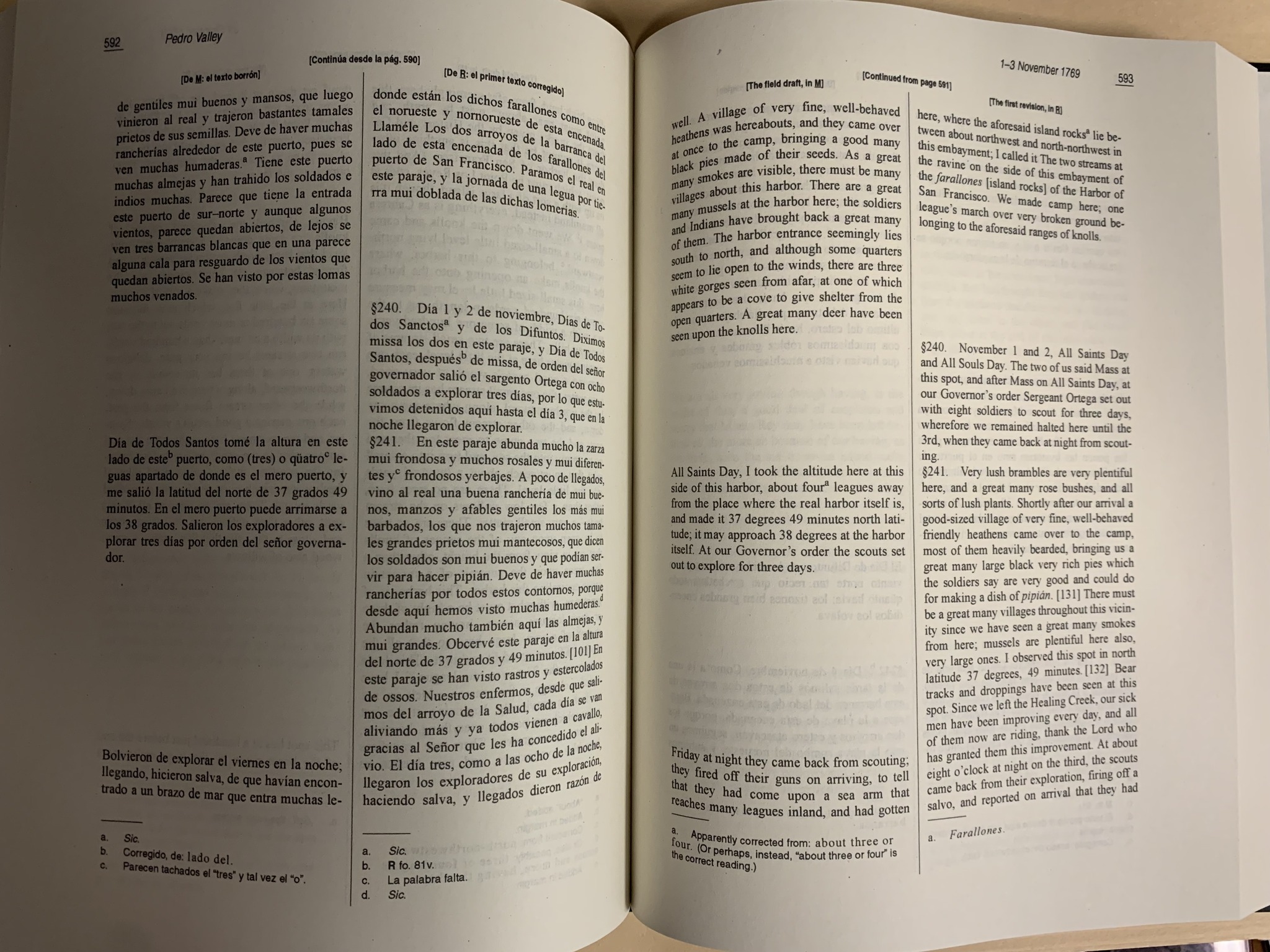
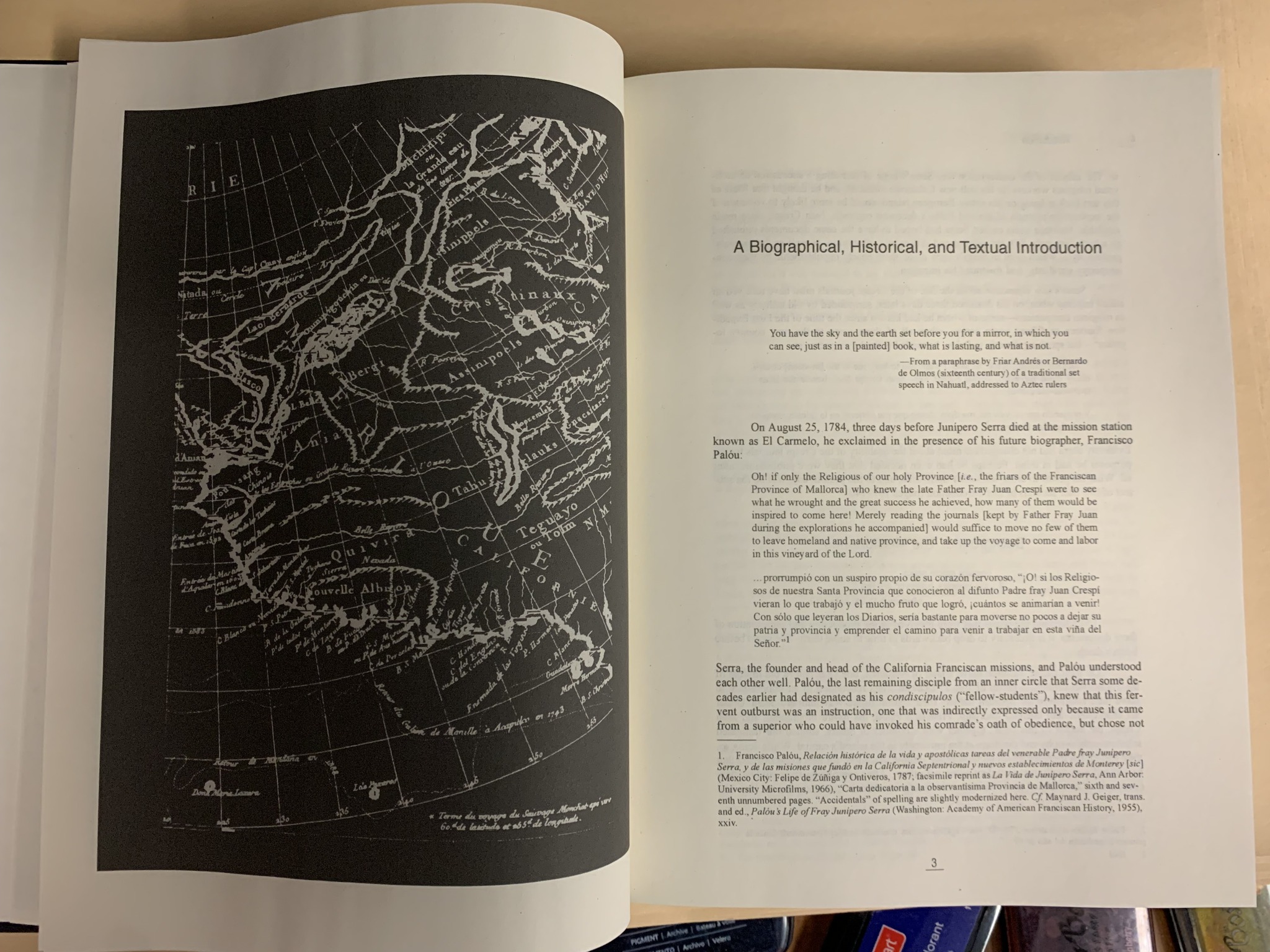 |
 |
|
 The U.S-Mexican Border Environment: U.S.-Mexican Border Communities in the NAFTA Era Edited by Norris C. Clement ISBN-0-925613-35-5 © 2002 Pp. 110 US$18.95 This volume is the
fourth in the SCERP Monograph Series. It analyzes how
the demographic, economic, infrastructure, and
environmental characteristics of the border region
have changed from the period prior to the
implementation of the North American Free Trade
Agreement to 2000. From the Foreword:
"U.S.-Mexican Border Communities in the NAFTA Era is
the final report carried out by the Network of Border
Economics/La Red de la Economía Fronteriza (NOBE/REF),
a network of researchers from universities and public
institutions in the U.S.-Mexican border regionThe
study was supported in part by SCERP and the initial
results of the effort were presented at Border
Institute II in April 2000 and appear in the third
volume of the SCERP Monograph Series, The U.S.-Mexican
Border Environment: Economy and Environment for a
Sustainable Border Region: Now and in 2020, in the
chapter by Norris C. Clement and Sergio Rey, "The
U.S.-Mexican Border Economy in the NAFTA Era:
Implications for the Environment." We are pleased to
publish the present volume in the SCERP mono- graph
series. SCERP's central mission addresses the
environmental problems of the U.S.-Mexican border
region and the consortium clearly understands the
fundamental linkage between economy and environment in
this region. Improvement of environmental quality and
support of sustainable development practices are
possible only with a strong economic base.
U.S.-Mexican Border Communities in the NAFTA Era is an
assessment of the impact of NAFTA in the border region
that uses a consistent methodology to better
understand the economies and other features of the
major Mexican and U.S border communities. The study
analyzes how the demographic, economic,
infrastructure, and environmental characteristics of
the border region have changed from the period prior
to the North American Free Trade Agreement to 2000 six
years after the implementation of the treaty."
|
 |
|
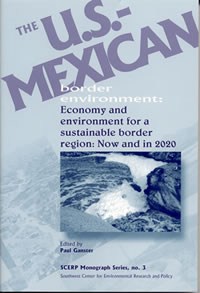 The
U.S.-Mexican Border Environment: Economy and
Environment for a Sustainable Border Region: Now and
in 2020 The
U.S.-Mexican Border Environment: Economy and
Environment for a Sustainable Border Region: Now and
in 2020 Edited by Paul Ganster ISBN-0-925613-34-7 © 2002 Pp. 258 US$10.00 plus shipping, handling & applicable taxes This is the
third volume in the SCERP Monograph series. It
comprises the papers and deliberations presented
at Border Institute II, which upon the discussions
during the first Border Institute. Further, the
work explores the challenge of reinventing the
economy to provide a solid base for achieving
development, providing necessary environmental
infrastructure, and enhancing quality of life in
the border communities. |
 |
|
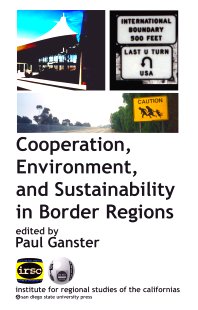 Cooperation, Environment, and Sustainability in Border Regions Edited by Paul Ganster Cooperation, Environment, and
Sustainability in Border Regions is based on
papers presented late in 1999 at the San Diego,
California meeting of the Border Regions in Transition
(BRIT) group. An international network of border
specialists, the BRIT group has also convened in
Berlin (1994), Joensuu on the Finnish-Russian border
(1997), and in Chandigarh, India, near the
Indian-Pakistani border (2000). Key themes of this
volume are transborder cooperation, border
environmental concerns, and issues of sustainable
development in border regions, including the
U.S.-Mexican border region, European border regions,
the Baltic region, Russian-Finnish border areas, and
Asian border regions. Also included are essays on
methodological and theoretical approaches to border
research. |
 |
|
| OTHER TITLES OF NOTE | ||
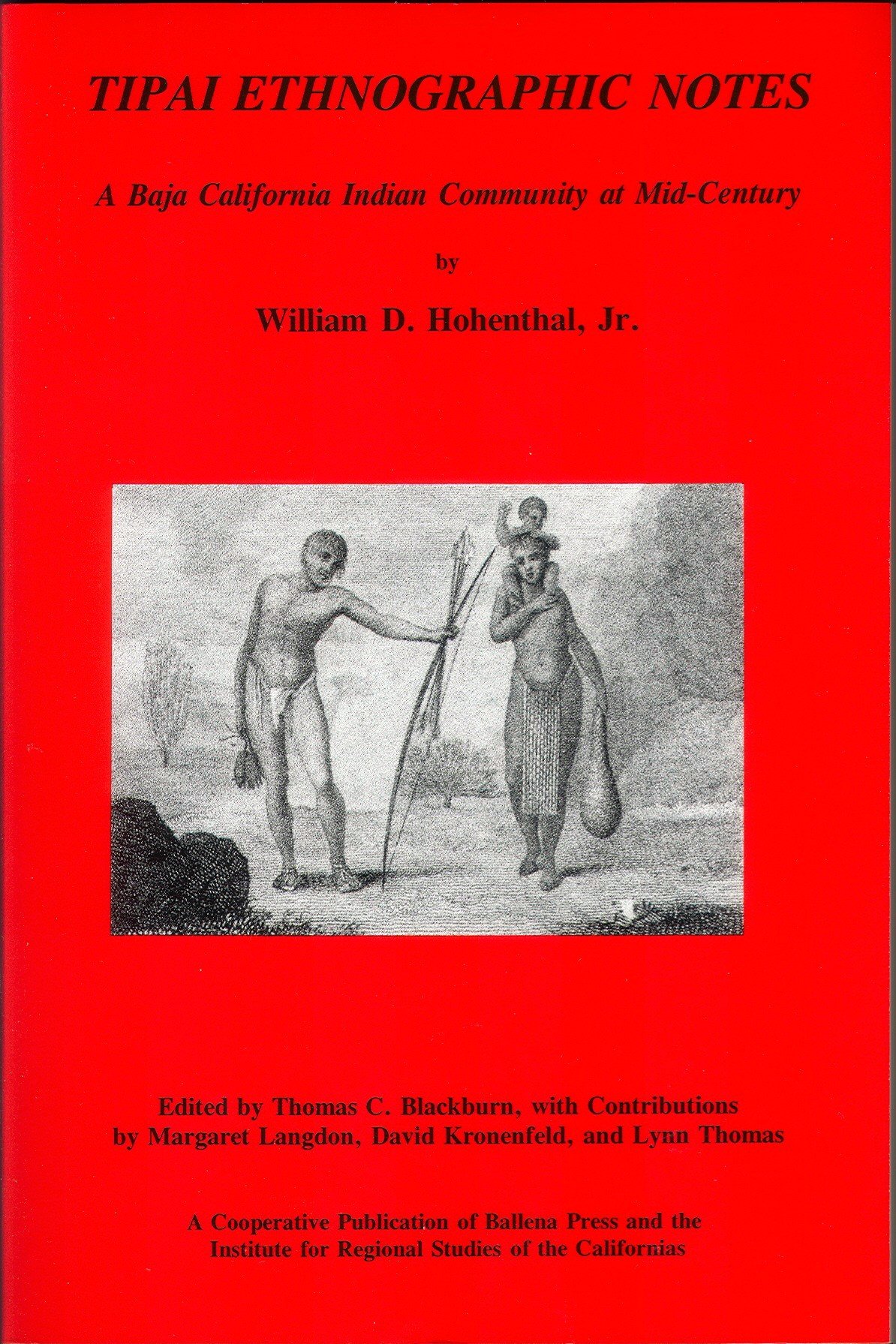 Tipai
Ethnographic Notes Tipai
Ethnographic Notes A Baja California Indian Community at Mid-Century by William D. Hohenthal, Jr. Edited by Thomas C. Blackburn,with contributions by Margaret Langdon, David Dronenfeld, and Lynn Thomas. Produced as a cooperative
publication of Ballena Press and the Institute for the
Regional Studies of the Californias, this book
provides a richly detailed ethnography, native
toponyms, kin terms, ancient enmities, and traditional
material culture of work that has been obscured for
over 50 years. It is useful both as a primary source
and a compendium of information on the Tiapi/Diegueño
communities of Northern Baja California. An
accompanying map circa 1950 aids the reader in
locating the ethnography in a historical and
geographical setting. ISBN 0-87919-144-9 |
|
|
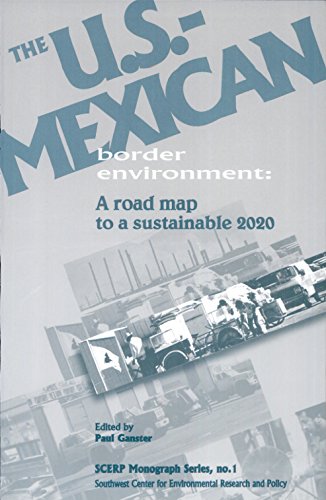 The U.S.-Mexico Border Environment The U.S.-Mexico Border Environment A Road Map to a Sustainable 2020 Edited by Paul Ganster The
U.S.-Mexican Border Environment: A Road Map to a
Sustainable 2020 brings together background
papers and ancillary materials prepared for the
Border Institute I, held in December 1998. The
briefing papers, as presented at Border Institute
I and then revised, lay out basic information and
analysis about the population, economy,
environment, and governance of the border region.
They provide the context for discussions of the
environmental sustainability of the region over
the next twenty years or so. The purpose of Border
Institute I was to encourage stakeholders in the
region and elsewhere to redirect their focus from
immediate and urgent current border environmental
issues to the steps that must be taken soon if the
region is to arrive at 2020 with a healthy and
sustainable environment. SCERP, and its
partners in Border Institute I--the U.S.
Environmental Protection Agency and the Border
Trade Alliance--will convene additional meetings
approximately every year to continue the
discussion on key aspects of the environmental
sustainability of the border region. Each of these
institutes will produce a volume for the SCERP
Monograph Series. |
 |
|
Tijuana
1964 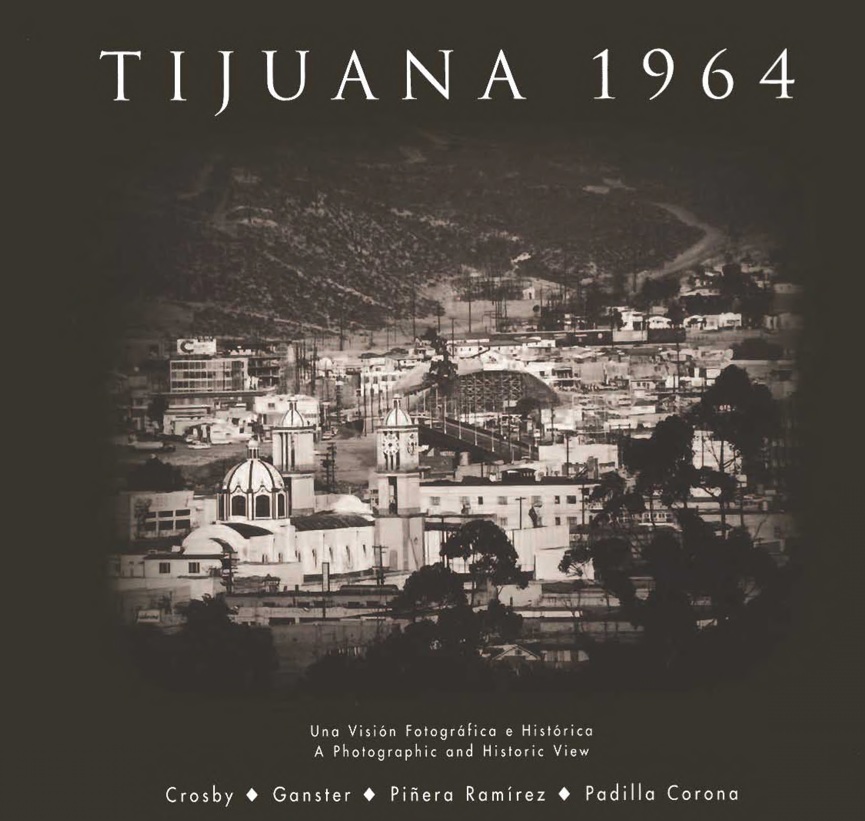  Una Visión Fotográfica e
Histórica Una Visión Fotográfica e
Histórica
A Photographic and Historic View Harry Crosby, Paul Ganster, David Piñera Ramírez, & Antonio Padilla Corona ISBN 0-925613-31-2 2000 | paper, 58 pp 42 black-and-white photographs. 12" x 12" | US $39.95 plus shipping, handling & applicable taxes This
bilingual book of 42 black and white photographs and
an interpretive essay with two maps provides a view of
Tijuana in 1964. It is a time in the city that many
people remember, but many never knew. The book
portrays Tijuana when it was still a small city of
235,000, with a clearly defined center. Since
that time, rapid population growth, industrialization,
and urban sprawl have created the huge and complex
city we know today. Tijuana in 1964 was a dual city,
with one part oriented toward tourism activities and
life north of the border. The other part was a totally
Mexican city, with economic, social, and cultural
activities oriented toward national life. Tijuana 1964
effectively depicts this dualism. Click on the ancient
camera to your right to see a selection of plates from
this volume. |
 |
|
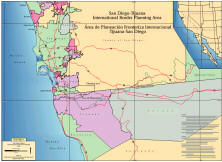 San Diego-Tijuana
International Border Area Planning Atlas / Atlas
de Planeación del Área Fronteriza Internacional
Tijuana-San Diego San Diego-Tijuana
International Border Area Planning Atlas / Atlas
de Planeación del Área Fronteriza Internacional
Tijuana-San Diego ISBN 0-925613-29-0 2000 paper, 64 pp 14 1/2 x 26 1/2 inches US$44.50 plus shipping, handling & applicable taxes ORDER FORM | PEDIDOS Additional set(s) of unfolded maps available at: $15/set with purchase of Atlas $25/set without Atlas This bilingual Atlas integrates
U.S. and Mexican data to provide a harmonized view
of the binational strip of land that serves as an
interface between San Diego and Tijuana. The Atlas
includes 15 full-color thematic maps of the San
Diego-Tijuana border region and 35 black-and-white
photographs. Detailed thematic essays by experts
provide context and commentary for understanding the
maps. Essay topics include: land use, planned land
use, water, sewage, transportation infrastructure,
population, employment, public facilities,
vegetation and land cover, topography and
hydrography, and others. The Atlas was
produced through the collaboration of San Diego
State University's Institute for Regional Studies of
the Californias, The SDSU Department of Geography,
the Municipal Planning Institute of Tijuana
(IMPlan), the City of San Diego, the San Diego
Association of Governments and San Diego State
University Press. |
||
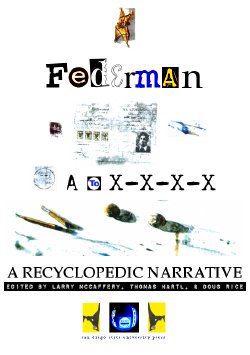 Federman A to X-X-X-X A Recyclopedic Narrative Edited by Larry McCaffery, Thomas Hartl, and Doug Rice ISBN 1-879691-53-1; 1998 hardcover, 400 pp. | US $27.50 via AMAZON, sale, $27.95 nota bene -- books purchased using the link above will receive the hardcover edition of this Federman classic. The warehouse with the paperback edition of this book experienced a deluge and those colorful copies have gone the way of the world. Bezos and Amazon will not allow us to update the listing so know that your "paperback" purchase in Bezoslandia will deliver up to you the Federman Recyclopedia Hardcover. This is a
large "casebook" of materials related to the life
and work of Raymond Federman. A French Jew and
Holocaust survivor, one of the world's leading
Beckett scholars, and the author of over twenty
books of fiction, poetry, and criticism, Federman
has also been one of postmoderism's most radical
liteary innovators and most influential
theoreticians. Federman A to X-X-X-X is the first
major critical study devoted to his work to appear
in America. Assembled by editors Larry McCaffery,
Thomas Hartl, and Doug Rice, the volume unfolds as
a series of several hundred alphabetically
arranged entries in double columns forming an
elaborate mock-encyclopedia of the sort Borges or
Nabokov might have imagined. These entries include
over a hundred representative stories, novel
excerpts, essays, poems, and letters by Federman,
many of which are previously unpublished, and
hundreds of other entries by authors, critics,
editors, and correspondents analyzing,
criticizing, or often collaborating with
Federman's works. Also included are
individual |
 |
|
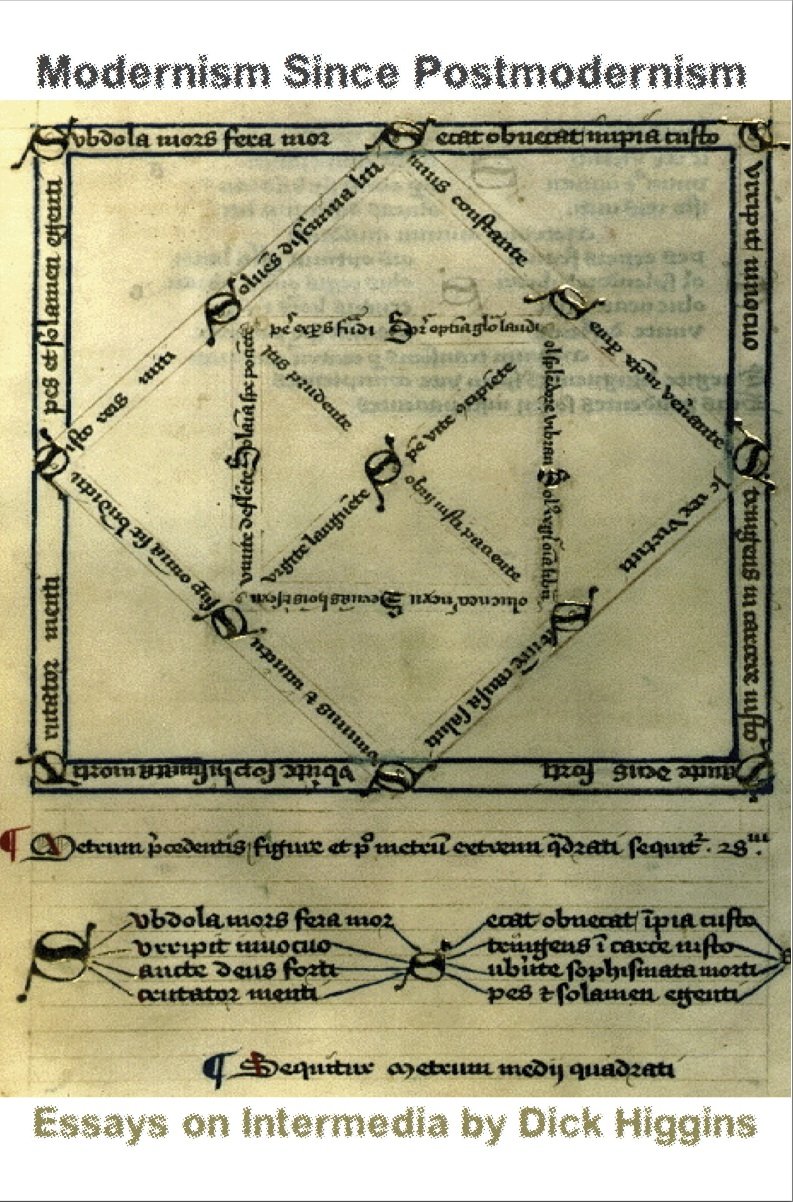 Modernism
Since Postmodernism: Essays on Intermedia Modernism
Since Postmodernism: Essays on Intermedia Dick Higgins ISBN 1-879691-43-4 1997/renewed 2024 $29.95 | paper, 252 pp. Second Printing 2015 Modernism Since Postmodernism: Essays on Intermedia completed Dick Higgins' critical trilogy that began with A Dialectic of Centuries: Notes Towards a Theory of the New Arts and continued with his Horizons: The Poetics and Theory of Intermedia. A fluxperson, artist, poet, composer and scholar of intermedia, Higgins also authored Pattern Poetry: Guide to an Unknown Literature among numerous other works. He died in October of 1998.
Dick Higgins from the Foreword to Modernism Since Postmodernism |
 |
|
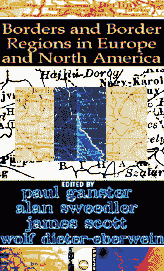 Borders and Border
Regions in Europe and North America Borders and Border
Regions in Europe and North America Edited by Paul Ganster, Alan Sweedler, James Scott, and Wolf Dieter-Eberwein ISBN 0-925-613-23-1 1997; paper, 376 pp. US $29.95 This volume is a
collection of essays on issues affecting the
political, economic, social, and cultural significance
of international borders. It is an undertaking that is
particularly timely due to global events that are so
rapidly changing our understanding of international
relations. The contributors to this book share basic
research and practical interests in deepening
understanding of the multifarious and often
contradictory processes that condition human
interaction across international borders. Published
jointly by San Diego State University Press and The
Institute for Regional Studies of the Californias. |
 |
|
 |
 |
|
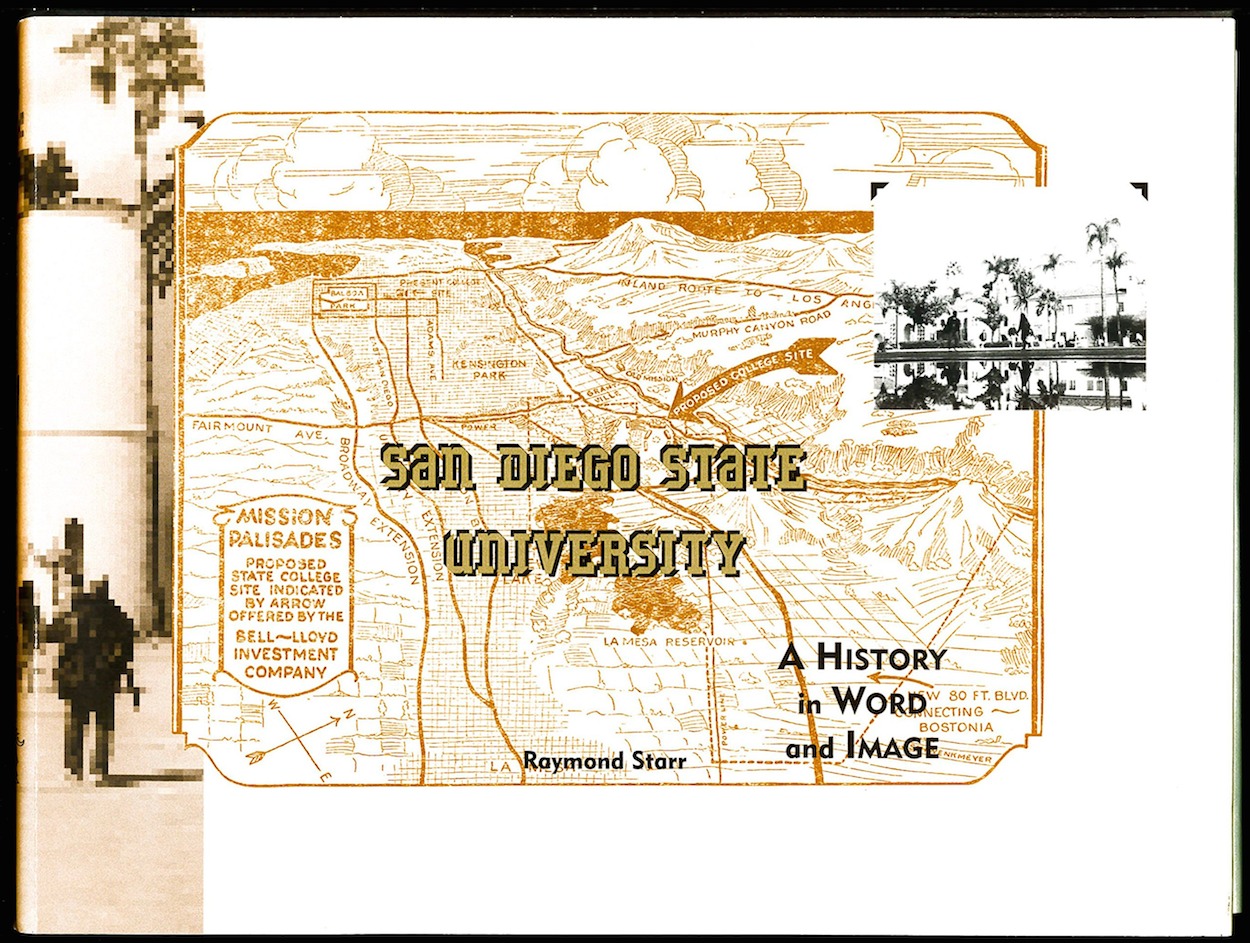 San Diego State University: A History in Word and Image by Raymond Starr ISBN 1-879691-30-2 | 1995 Trade paperback: 262 pages; illustrated Also available in a Special limited hardback edition ISBN 1-897691-39-6  San Diego State University: A History in Word and Image is the definitive portrait of SDSU’s rich legacy, celebrating the institution’s rise from a modest teachers college in downtown San Diego to a nationally recognized public research university with a global reach. Written by noted historian Raymond Starr and inspired by the vision of the late John Adams, whose generosity made the project possible, this profusely illustrated volume captures the story of SDSU through stunning archival photographs and vivid narrative. From its early days on Park Avenue to its dynamic home on Montezuma Mesa, from wartime resilience to academic innovation, the book charts the university’s growth alongside the story of San Diego itself. Readers will discover the evolution of student life, athletics, research programs, and SDSU’s expanding connections across Mexico, the Pacific Rim, and the world. A must-have for graduates, alumni, faculty, and anyone passionate about San Diego history, San Diego State University: A History in Word and Image is both a keepsake and an essential record of an institution that continues to shape the future.
|
   |
|
 MAIN SDSU PRESS MENU |
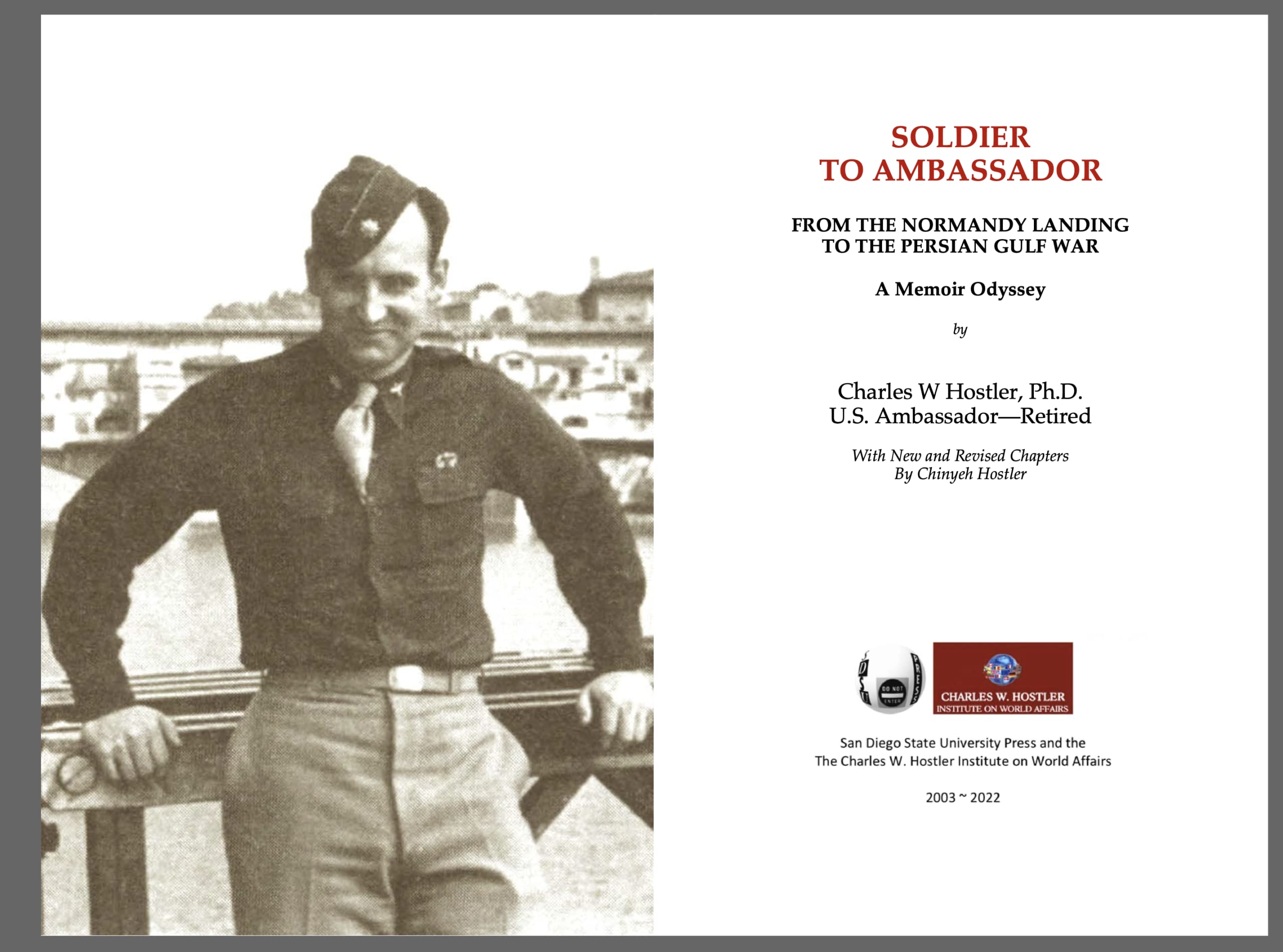

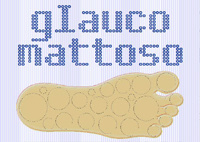
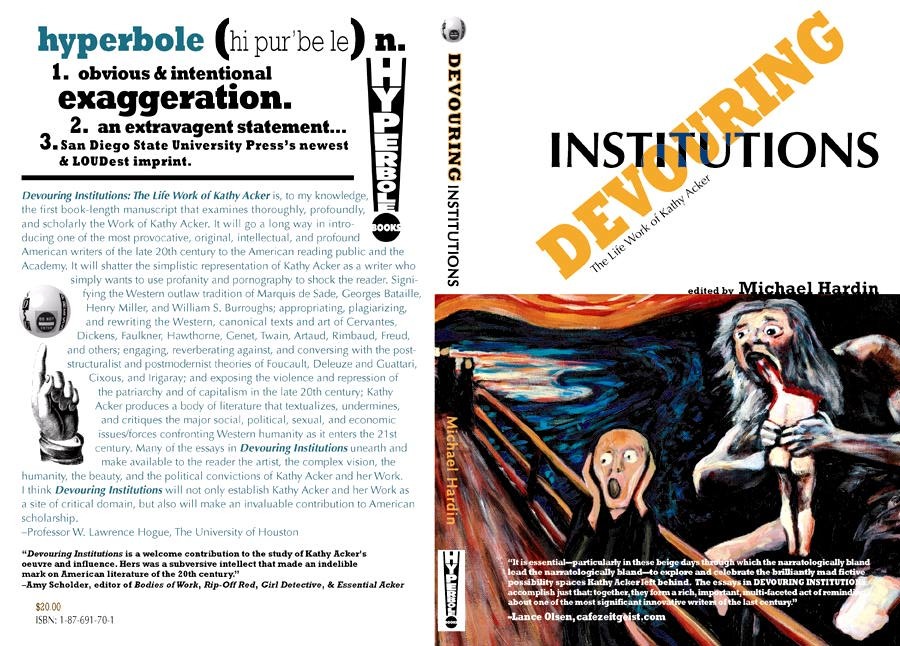
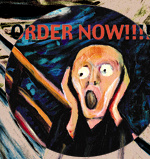

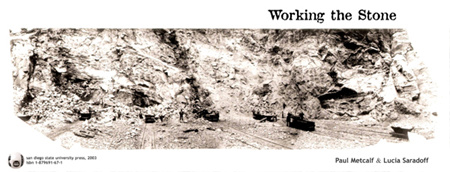


 This deluxe masterwork of Californiana
and American History is the result of some forty years
of research by Alan K. Brown, and brings together what
Juan Crespí wrote in its entirety.
This deluxe masterwork of Californiana
and American History is the result of some forty years
of research by Alan K. Brown, and brings together what
Juan Crespí wrote in its entirety. 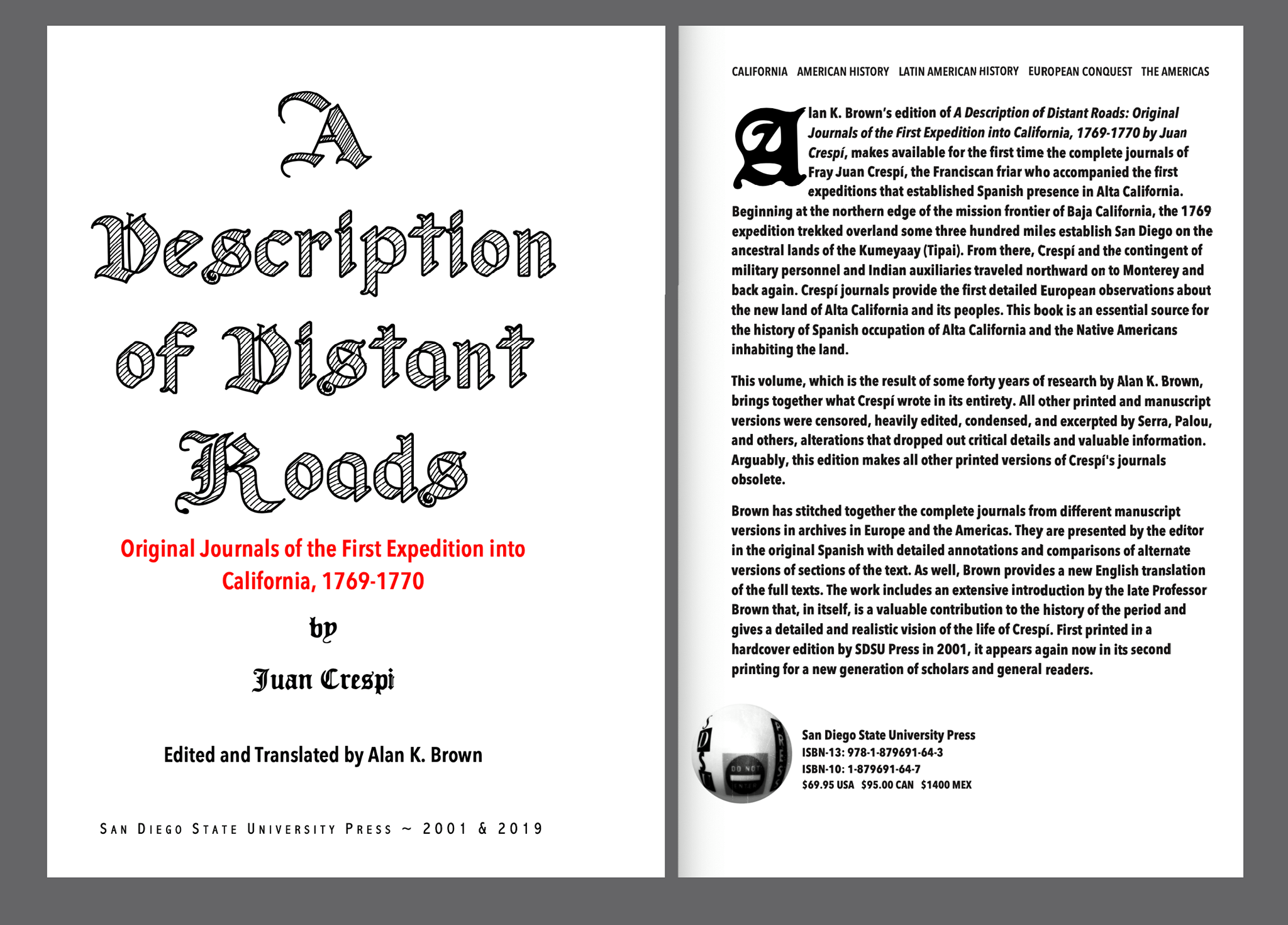
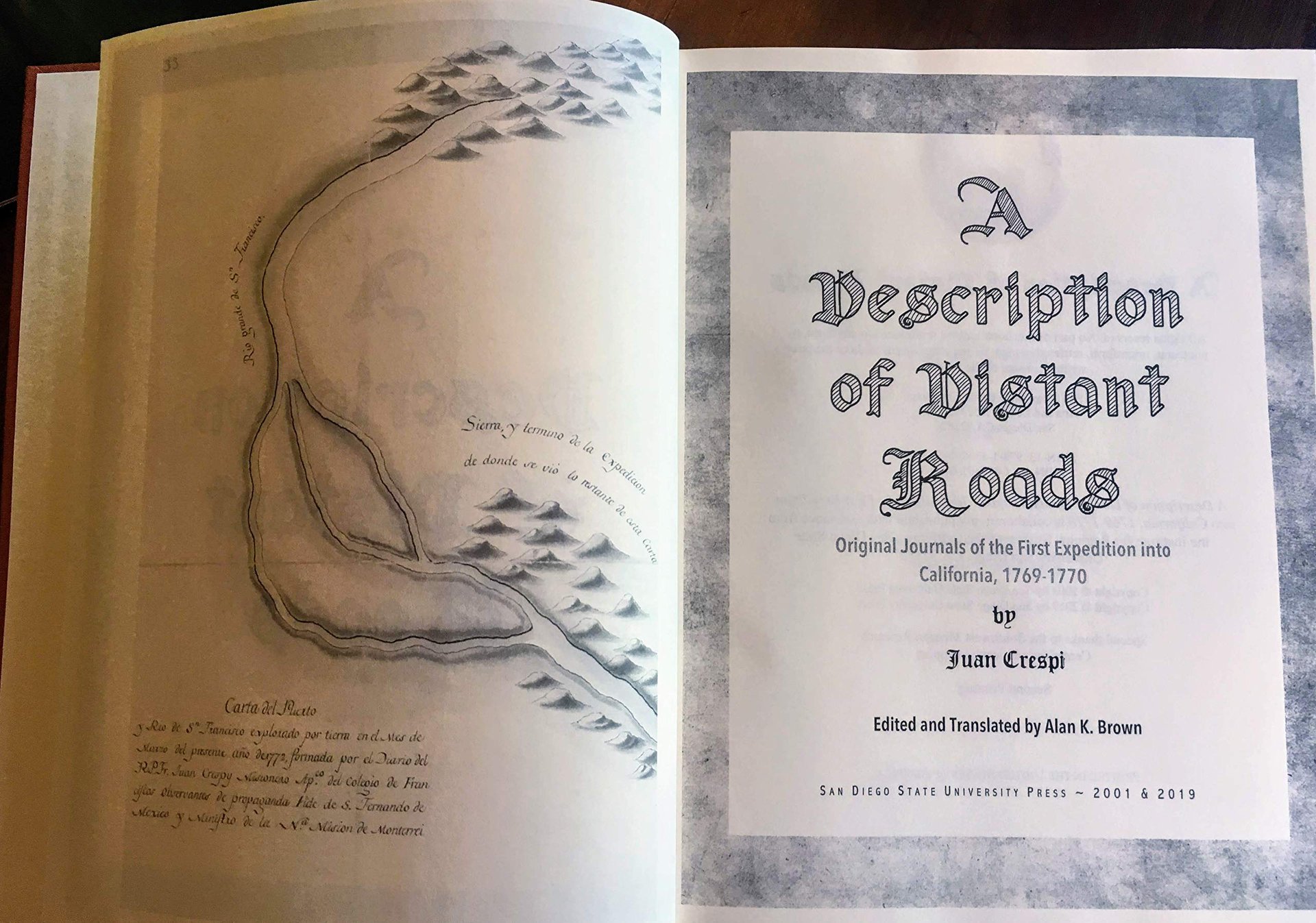
 academic
trades are known collectively among participants
in such discussions as 'the profession,' much as
prostitutes refer to 'the life.'"
academic
trades are known collectively among participants
in such discussions as 'the profession,' much as
prostitutes refer to 'the life.'"